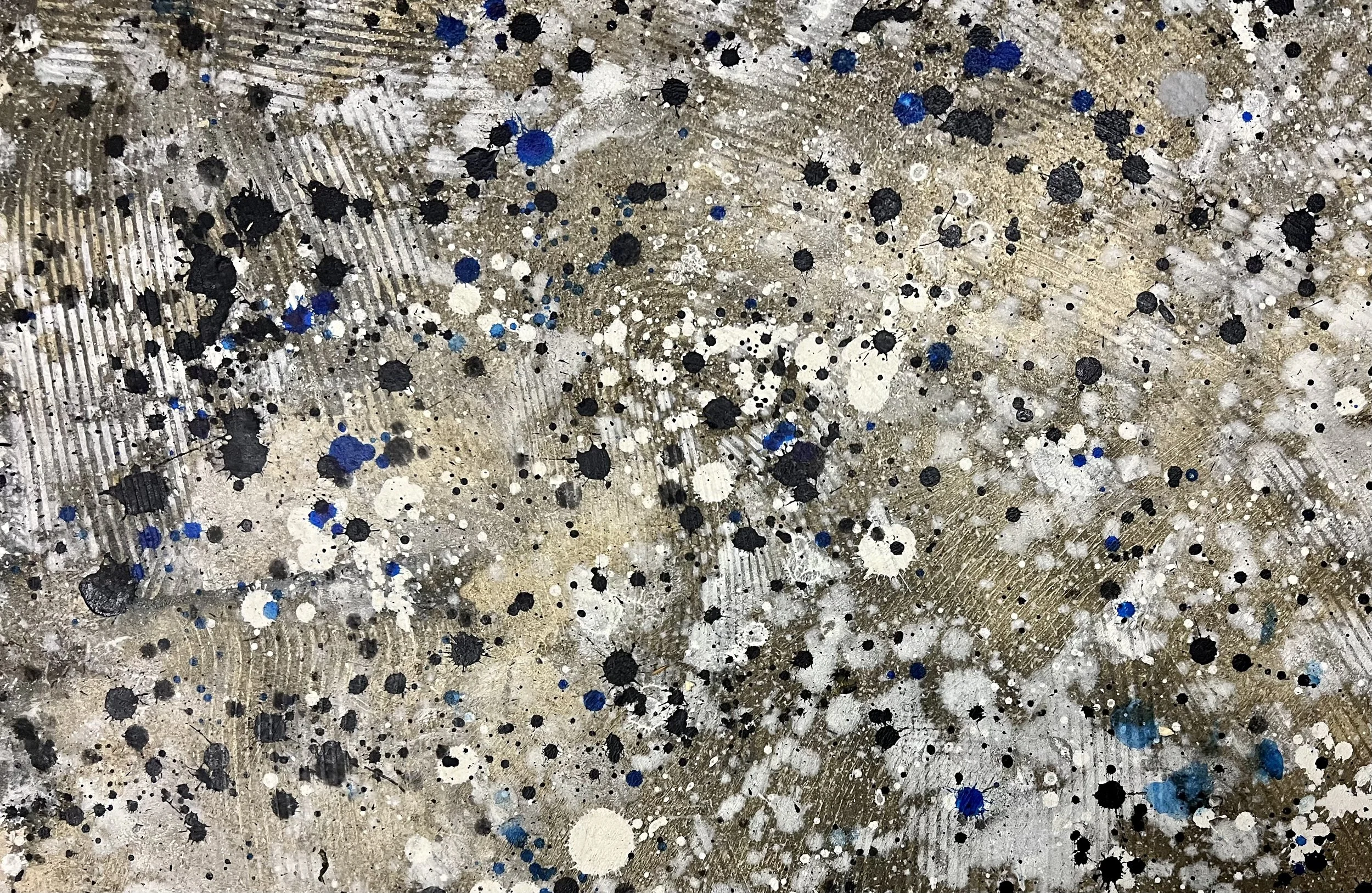Alexander Calder
Alexander Calder is a well-known name within the art—specifically sculpting—community, however, it is much less known by most others. Not only is it artistically enriching and fulfilling to be familiar with Calder’s groundbreaking work, it is also important for those outside of that world to be aware of the impressive archival work and support towards art, which Calder has continued even after death, through the Calder Foundation.
Alexander Calder (born 1898 and died 1976) was an American sculptor who is best known for two defining features: his innovative mobiles (kinetic sculptures powered by motors or air currents) and monumental public sculptures. Born into a family of artists, Calder’s work first gained attention in Paris in the 1920s and was soon after championed by the Museum of Modern Art in New York. This resulted in a retrospective exhibition in 1943— which had to be extended because of the unexpected number of visitors who wanted to attend.
Perhaps the most intriguing works from Calder are his mobiles, which were first recognized as simply mechanical toys. Calder first submitted them to the Salon de Humoristes, and then began creating his Cirque Calder—a miniature circus fashioned from wire, cloth, string, rubber, cork, and other common objects. Designed to be transportable, the circus was presented on both sides of the Atlantic. Soon, his Cirque Calder (on display at the Whitney Museum of American Art presently) became popular with the Parisian avant-garde. It wasn’t until a visit to Piet Mondrian’s studio in 1930, where Calder was first impressed by the environment-as-installation, that shocked him into fully embracing abstract art. It was the mixture of his experiments to develop purely abstract sculpture following his visit with Mondrian that led to his first truly kinetic sculptures—which were manipulated by means of cranks and motors—that would become his signature artworks.
Cirque Calder
In 1987, the Calder Foundation was first established by Calder’s remaining family. the foundation is “dedicated to collecting, exhibiting, preserving, and interpreting the art and archives of Alexander Calder and is charged with an unmatched collection of his works” (Calder Foundation 2011). The foundation has large holdings, with some works owned by family members and others by foundation supporters. The art includes more than 600 sculptures and 22 monumental outdoor works, as well as thousands of oil paintings, works on paper, toys, pieces of jewelry, and domestic objects.
The Calder Foundation is an important aspect of the art community for the furtherance of public knowledge and appreciation for the visual arts; the conduct of research in art history, and the provision of the results of that research to the general public; and the provision of facilities and programs to assist the education and development of visual arts.
This organization is taking on the necessary responsibility to keep art and art appreciation alive in this modern, fast-paced society. Its important role in making art accessible and not intimidating to the general public is one that will hopefully keep visual arts at the forefront of public interest and in the heart of society.


